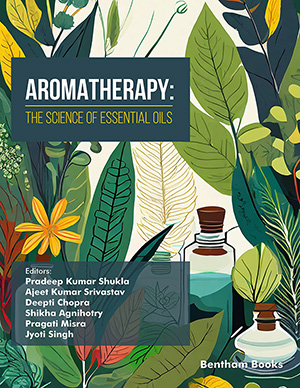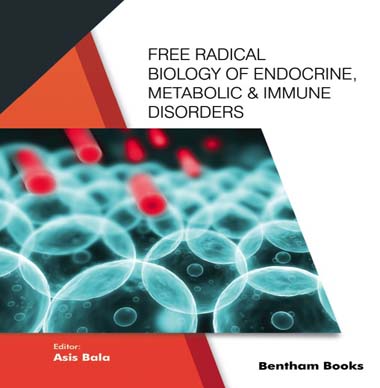
Abstract
We present herein the results of a receptor independent 4D-QSAR analysis conducted on 4-aryl-2- trichloromethylquinazoline derivatives displaying in vitro antiplasmodial properties against the W2 multi-resistant Plasmodium falciparum strain. Conformational analysis was performed on a set of 14 molecules in order to obtain batches of lowest energy conformers. A linear regression model with Boltzmann-weighted descriptors was therefore applied. This QSAR approach is a two-step procedure which explores available experimental data to allow intelligent and accelerated screening of new chemical entities. In the first step, a multi-linear regression model including 14 molecules was built up involving molecular descriptors. In the second step, the model predicted the antiplasmodial activity (IC50) of 75 new molecules for a set of hypothesized structures whose molecular descriptors are available. Finally, among these 75 molecules, 5 new quinazolines which activity had been predicted by the model were synthesized and biologically evaluated. Their biological experimental activities were compared to the ones predicted by the QSAR model, so as to validate it. Out of these 5 quinazolines, there was a quite good correlation between the predicted and experimental IC50 values of 3 molecules while the results obtained for the 2 others pointed out two probable limitations for this QSAR model. Such 4DQSAR approach could open the way to a rational and faster preparation of more potent antiplasmodial quinazoline leads.
Keywords: 2-trichloromethylquinazoline scaffold, Boltzmann distribution, Drug design, In vitro antiplasmodial activity, Molecular flexibility, Multi-linear regression model, Plasmodium falciparum, Receptor independent 4D-QSAR.


























